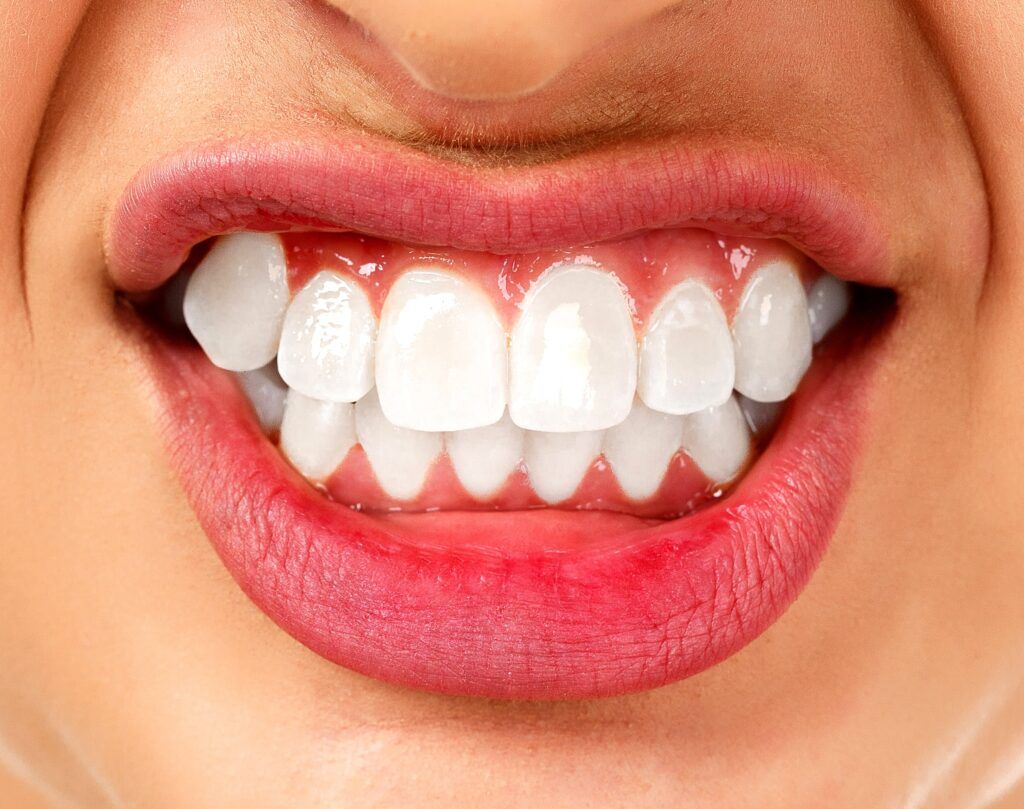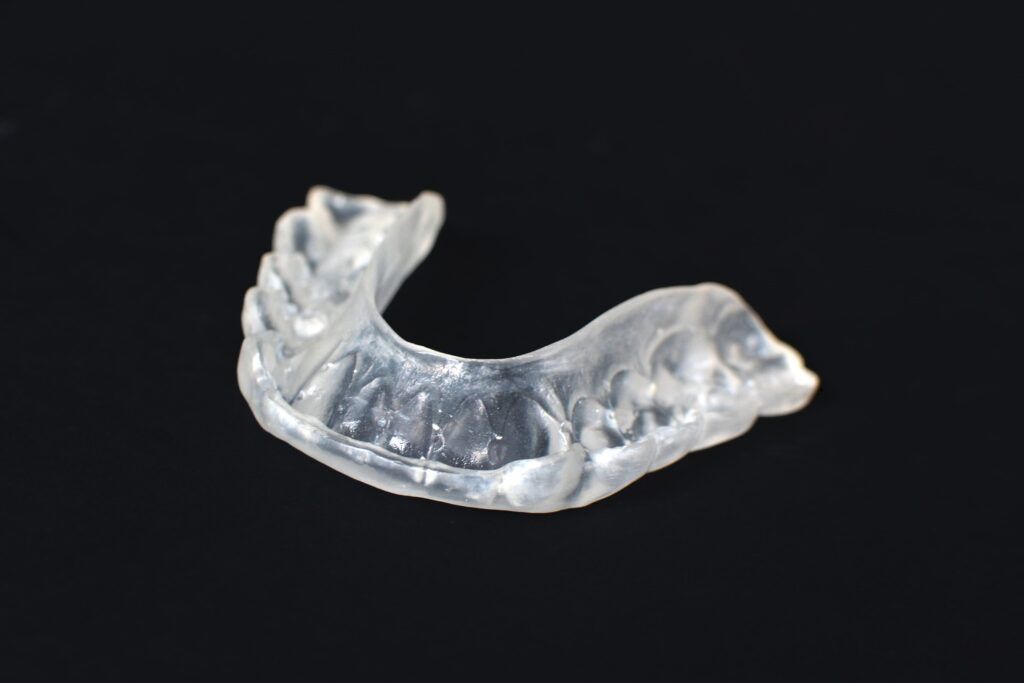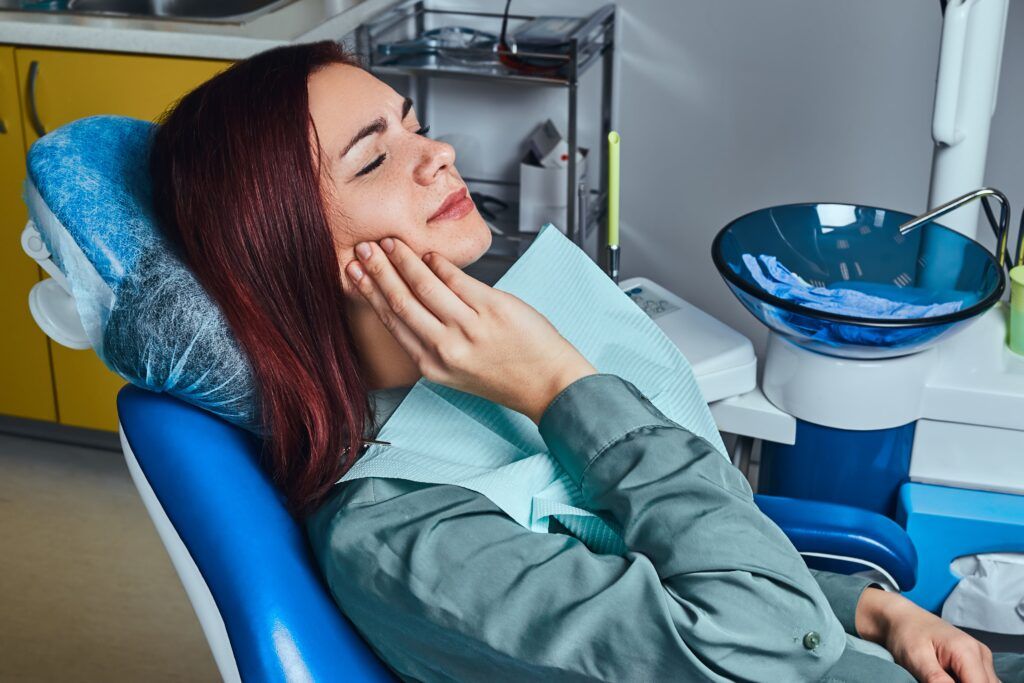Dental implants are a popular and effective solution for replacing missing teeth, offering a durable and aesthetically pleasing option for many. However, for those suffering from bruxism—commonly known as teeth grinding—the presence of dental implants can introduce additional considerations. Bruxism can exert excessive pressure on teeth and implants, potentially leading to complications that can affect the longevity and success of dental implant treatments. Understanding the interplay between dental implants and bruxism is crucial for anyone considering implants or those who already have them. This blog explores what you need to know about dental implants, the impact of bruxism, and how to manage both to ensure the best outcomes for your dental health.
In This Blog:
- Understanding Dental Implants
- What is Bruxism?
- Interaction Between Dental Implants and Bruxism
- Management Strategies for Bruxism with Dental Implants
Understanding Dental Implants
Dental implants are artificial tooth roots, typically made from titanium, which are surgically implanted into the jawbone. Over time, these implants fuse with the bone in a process known as osseointegration. Once this integration is successful, the implants provide a stable foundation for attaching crowns, bridges, or dentures that mimic the appearance and functionality of natural teeth.
There are primarily two types of dental implants:
- Endosteal implants: These are the most common type and are placed directly into the jawbone. After the surrounding tissue has healed, a second surgery is needed to connect a post to the original implant, followed by the attachment of an artificial tooth (or teeth) to these posts individually or grouped on a bridge or denture.
- Subperiosteal implants: These implants are placed under the gum but on, or above, the jawbone. This option is typically used for patients who do not have a healthy enough jawbone and cannot, or do not want to, undergo a bone augmentation procedure to rebuild it.
The installation process involves several steps, starting with a dental examination and imaging to assess bone density and structure. The actual surgery is performed under local anesthesia, and healing time before final prosthetic placement can vary, typically from three to six months, allowing for proper integration with the bone.
What is Bruxism?
Bruxism, often referred to as teeth grinding, is a condition where an individual unconsciously grinds, gnashes, or clenches their teeth. It can occur during the day or night, with nighttime teeth grinding known as sleep bruxism. The most common symptoms include:

- Jaw pain and stiffness: Frequent teeth grinding can lead to muscle soreness and pain in the jaw.
- Headaches: Particularly felt in the temples and occurring after waking up.
- Tooth wear and damage: Over time, bruxism can lead to flattening, fracturing, and loosening of the teeth.
- Increased tooth sensitivity: As enamel wears away, teeth become more sensitive to hot, cold, and sweet stimuli.
- Earache: Although not originating in the ear, the pain can feel like an earache due to the proximity of jaw muscles to the ear.
Causes and Common Triggers of Bruxism
While the exact cause of bruxism is not always clear, several factors may contribute to the condition:
- Stress and Anxiety: High levels of stress or anxiety can increase the likelihood of teeth grinding.
- Sleep Disorders: People with certain sleep disorders, such as sleep apnea, are more prone to bruxism.
- Lifestyle Factors: Consumption of caffeine, alcohol, and smoking can exacerbate the condition.
- Medication Side Effects: Certain psychiatric medications, such as antidepressants, can also trigger bruxism.
Long-Term Effects of Untreated Bruxism
If not properly managed, bruxism can lead to several long-term complications, including:
- Severe Tooth Damage: Continuous grinding can result in significant tooth wear and breakage, requiring extensive dental repair work.
- Temporomandibular Joint Disorder (TMD): The stress on the jaw can lead to TMD, a disorder of the jaw joints and chew muscles.
- Gum Recession: The intense force from clenching can cause gums to recede, potentially leading to tooth loss.
- Changes in Facial Appearance: Chronic teeth grinding can alter the shape of one’s face due to muscle hypertrophy.
Understanding bruxism is essential for anyone who has or is considering dental implants. The excessive forces exerted by teeth grinding can compromise the integrity and longevity of implants. Recognizing the symptoms and addressing the causes early on can help mitigate the impact of bruxism on dental implants and overall oral health.
Interaction Between Dental Implants and Bruxism
Dental implants, while robust and durable, can be affected by the constant pressure and strain from bruxism. Understanding the interaction between these two can help in taking preemptive steps to ensure the longevity of the implants. Here’s how bruxism can impact dental implants and what risks they might face under the stress of this condition.
How Bruxism Can Affect Dental Implants

Bruxism generates significant mechanical stress on teeth and their supporting structures, including implants. For dental implants, this stress can interfere with the osseointegration process—the critical period when the jawbone grows around the implant to secure it firmly. Excessive forces from grinding or clenching can lead to micro-movements of the implant, disrupting this process and potentially leading to implant failure. Additionally, the constant grinding can also place undue stress on the implant crown, leading to wear or fracture over time.
Risks Dental Implants Face Under the Stress of Bruxism
The primary risk to dental implants from bruxism is the development of peri-implantitis, a condition similar to gum disease but affecting the tissues around the implants. This can cause inflammation, bone loss, and ultimately, the failure of the implant. Additionally, the excessive force can lead to:
- Implant fracture: Although rare, the implant post (typically made of titanium) can fracture under extreme forces.
- Screw loosening: The screws that attach the crown to the implant body can loosen due to the repeated stress, leading to instability of the implant structure.
- Crown damage: Porcelain or other materials used for the crowns can crack or chip due to the excessive forces exerted by bruxism.
Importance of Addressing Bruxism Before and After Implant Surgery
It is crucial for dental professionals to assess and manage bruxism before undertaking the placement of dental implants. Patients known to grind their teeth might need to consider:
- Preventive strategies: Using night guards to mitigate the effects of grinding, implementing stress reduction techniques, or adjusting lifestyle factors that may exacerbate bruxism.
- Monitoring and maintenance: Regular follow-ups to monitor the condition of both the natural teeth and implants, checking for signs of wear or damage, and making adjustments to dental appliances as needed.
- Therapeutic interventions: In some cases, medications to reduce the frequency of grinding, or behavioral therapies to alter the habit, may be recommended.
By addressing bruxism effectively, both before and after the placement of dental implants, patients and dental professionals can significantly enhance the success rate and longevity of the implants. This proactive approach ensures that the investment in dental implants yields the best possible outcomes, preserving both the function and aesthetics of the patient’s smile.
Management Strategies for Bruxism with Dental Implants
For individuals with dental implants who also experience bruxism, managing the grinding habit is essential to protect their dental investment. Effective management not only prevents damage to the implants but also ensures their longevity and functionality. Here are some strategies to effectively control bruxism and safeguard dental implants:
Preventive Measures to Protect Implants
Taking proactive steps to minimize the impact of bruxism on dental implants is crucial:

- Use of Night Guards: Custom-made night guards can be a vital tool for those with bruxism. These devices, made by dental professionals, fit over the teeth and absorb and distribute the force of grinding and clenching. This helps protect both the natural teeth and the implants from excessive wear and potential damage.
- Regular Dental Check-Ups: Frequent visits to the dentist allow for the early detection and treatment of any complications arising from bruxism, such as implant mobility or crown damage. These check-ups also provide an opportunity to adjust night guards and ensure they are effective.
Treatment Options for Bruxism
Addressing the root cause of bruxism can significantly reduce its frequency and severity:
- Stress Reduction Techniques: Since stress is a common trigger for bruxism, techniques such as mindfulness, meditation, counseling, and exercise can help alleviate the tendency to grind teeth.
- Medication: In some cases, doctors may prescribe muscle relaxants or anti-anxiety medications to help reduce jaw clenching during sleep.
- Behavioral Changes: Reducing caffeine and alcohol intake, which can increase the likelihood of bruxism, and avoiding chewing gum or other habits that allow the jaw muscles to get more used to clenching and grinding.
Adjustments in Dental Care and Regular Check-Ups
Maintaining optimal oral hygiene and making specific adjustments in dental care are vital for implant care:
- Tailored Oral Hygiene Practices: Enhanced oral hygiene practices may be recommended to individuals with implants and bruxism. This includes using specific types of toothbrushes, special toothpastes, and interdental brushes to keep both implants and natural teeth clean and free from infection.
- Periodic Adjustments: Due to the additional stress placed on the jaw and teeth by bruxism, the fit and condition of dental appliances, including night guards, may need more frequent adjustments to ensure they continue to provide the intended protection.
Incorporating these management strategies can help individuals with bruxism and dental implants manage their condition effectively. By reducing the risk of damage and addressing symptoms proactively, patients can maintain both the health and aesthetics of their implants, ensuring a confident and comfortable smile.
Conclusion
In conclusion, understanding the dynamic between dental implants and bruxism is crucial for anyone looking to maintain their dental health and protect their investment in implants. By recognizing the potential impacts of teeth grinding on implants, individuals can take proactive steps to manage bruxism effectively. With preventive measures such as using night guards, undergoing regular dental check-ups, and adopting stress reduction techniques, patients can significantly mitigate the risks associated with bruxism. Moreover, by staying vigilant about oral hygiene and seeking timely professional advice, those with dental implants can enjoy the full benefits of their treatment, ensuring lasting dental functionality and aesthetics. Ultimately, a comprehensive approach that includes both dental professionals and patient involvement is key to managing bruxism and maintaining the integrity of dental implants.

